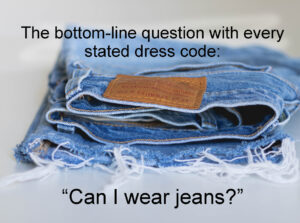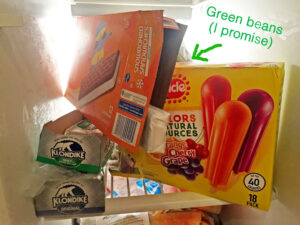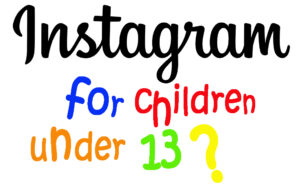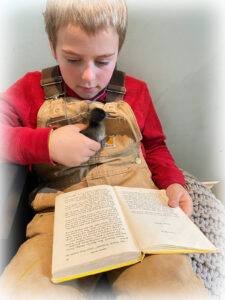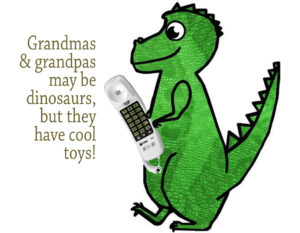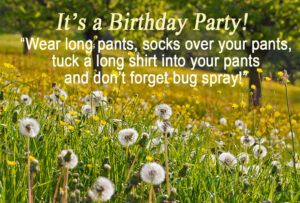We held a trial at the kitchen table before church on Sunday. Seven grands had spent the weekend—five girls and two boys.
There was a ruckus upstairs. I could hear it, but it was far enough away that I could ignore it. I heard them thundering down the stairs but was not quick enough to slip into the garage.
One of the girls said that her brother had picked a lock and busted into the girls’ room and shoved her.
Note to the reader: They have a long history.
Others appeared, all talking at once, with their version of events. He said. She said. This one said. That one said. I said everyone take a seat around the table.
There’s always more to the story. Always, always, always.

I said we would have a jury trial, hear witnesses and return with a verdict. I choose three jurors—one based on maturity, one based on attention to detail and a 5-year-old based on malleability.
The accused sat at the head of the table. His sister took the stand, or in this case the kitchen chair with syrup on the seat. She said he had been upstairs locking doors and picking locks (mechanical, that one, always has been). He picked the lock, crashed into the girl’s room and when they chased him out, he shoved her.
I asked if she fell. No. Did she cry out in pain? No. She said it wasn’t actually a shove, but more like a tap.
The next witness confirmed that he had been picking locks and indeed picked the lock to the girls’ room—but before picking the lock he yelled, “Is everyone dressed?”
I high-fived the accused and congratulated him on respect for privacy.
The next witness— nobody wanted to be a juror, everyone wanted to be a witness—confirmed that the accused had asked if they were dressed before picking the lock and busting in, but added that they were waiting for him, hiding in the closet, under the bed and behind the door to scare him.
The final witness confirmed testimony of the previous witnesses but added that, in addition to ambushing the accused, when they all ran out of the room, she saw his sister shove him.
Bombshell testimony. I rapped a wooden spoon on the table and called for order.
The accused, clearly elated, demanded to testify on his own behalf and against his sister. I told him it was inadvisable and there wasn’t time.
The jurors voted. Writing 1 on their folded slip of paper meant the accused had been out of line and would forfeit 50 cents of garage sale money earned selling lemonade the day before. A 2 would mean he was free to go and everyone should knock it off.
The older jurors voted to let him go. The youngest juror, gentle as a dove and sweeter than honey, wrote both 1 and 2 on her paper. I explained the 50 cents he would forfeit would not go to her. She was more calculated than I had anticipated.
Court adjourned with instructions to load into the cars for church.
Surely Judge Judy would have been pleased.

